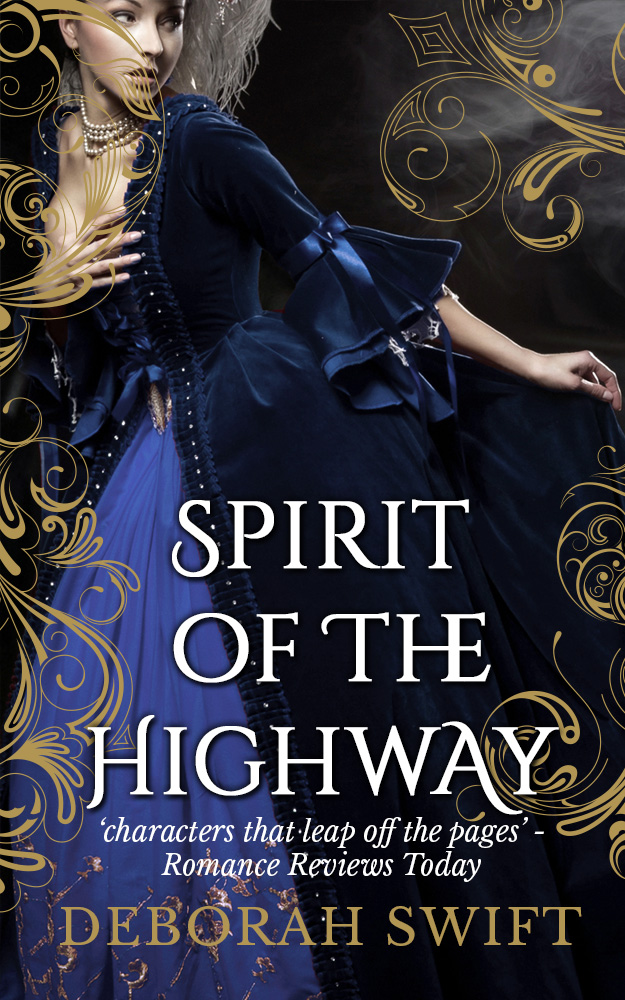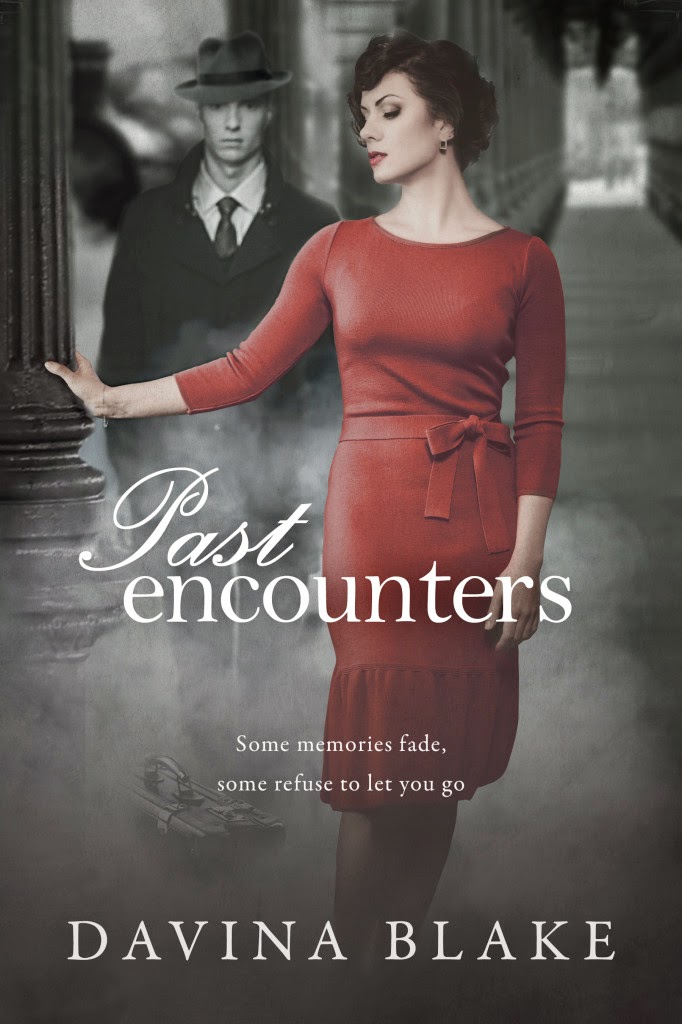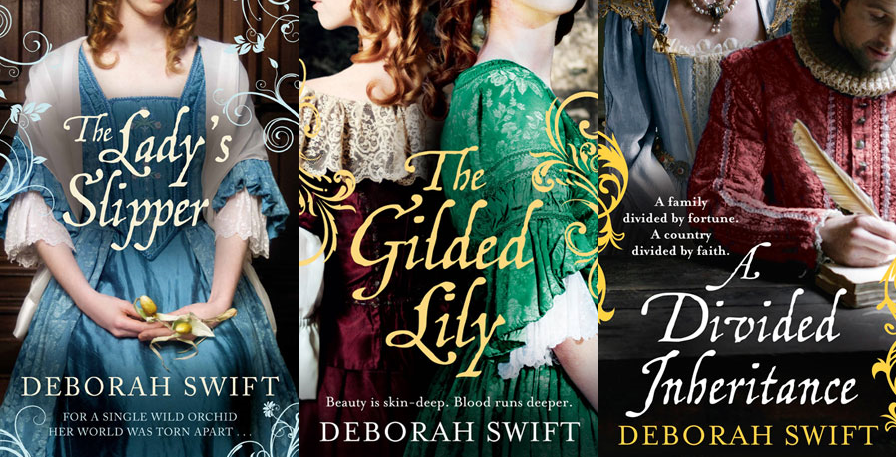I am not the first writer to be inspired by the life and legend of Lady Katherine Fanshawe.
The first novel based on her life was by Magdalen King-Hall who wrote a book called The Life and Death of the Wicked Lady Skelton in 1945. I have a copy and it is exciting reading, though long-winded in the telling by today’s standards. The book was a smash hit in its day and was made into a film - The Wicked Lady.
The film starred Margaret Lockwood in the title role as a nobleman's wife who secretly becomes a highwayman to relieve her life of boredom. The mystery of why she would take such an extreme action was the sensation of its day – women were supposed to be safe at home doing the housekeeping! The film had one of the top audiences ever for a film of its period, 18.4 million – a staggering number. I can remember my mother talking about it as one of her favourite films.
It was one of the Gainsborough melodramas, a sequence of very popular films made during the 1940s in wartime Britain. They provided pure escapism from the deprivation of WWII, with lavish sets and costumes and period settings, and the films were often based on historical novels.
Here is the trailer for the 1945 film – great costumes, but from it you get the melodramatic flavour of the plot. In fact, before it could be released in the US, re-shooting was required as the women's bodices were very low-cut and showed too much cleavage for the American censors.
It was such a hit that the film was re-made in 1983 and starred Faye Dunaway in the lead role. (Poster from www.moviepostercompany.co.uk) The film was a disaster and earned Faye Dunaway an award for the Worst Actress!

In my retelling of the story I have stuck to historical facts more than King-Hall did, including keeping the original names. Research into the background of the English Civil War provided me with plausible plot devices that enabled me to stick with the history more closely. However, as this is a novel for younger readers (14+) I wanted to retain the swashbuckling feel if possible, without making it into a melodrama. My story is told over three stand-alone books with three different points of view, the first book, Shadow on the Highway, is told from the point of view of Abigail, Lady Katherine’s deaf maidservant. You can find out more about how I researched her here.
This post first appeared on the Let Them Read Books Blog. Why not visit the site for more historical fiction, and interesting guest posts.
Here is the trailer for the 1945 film – great costumes, but from it you get the melodramatic flavour of the plot. In fact, before it could be released in the US, re-shooting was required as the women's bodices were very low-cut and showed too much cleavage for the American censors.
It was such a hit that the film was re-made in 1983 and starred Faye Dunaway in the lead role. (Poster from www.moviepostercompany.co.uk) The film was a disaster and earned Faye Dunaway an award for the Worst Actress!

In my retelling of the story I have stuck to historical facts more than King-Hall did, including keeping the original names. Research into the background of the English Civil War provided me with plausible plot devices that enabled me to stick with the history more closely. However, as this is a novel for younger readers (14+) I wanted to retain the swashbuckling feel if possible, without making it into a melodrama. My story is told over three stand-alone books with three different points of view, the first book, Shadow on the Highway, is told from the point of view of Abigail, Lady Katherine’s deaf maidservant. You can find out more about how I researched her here.
This post first appeared on the Let Them Read Books Blog. Why not visit the site for more historical fiction, and interesting guest posts.














